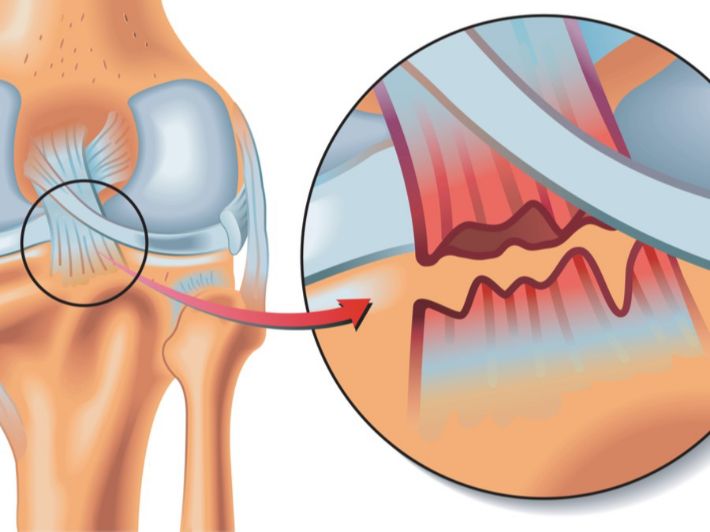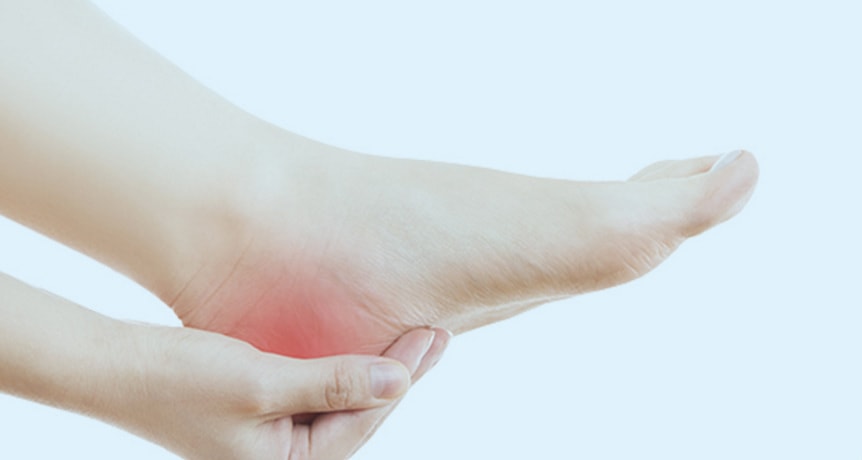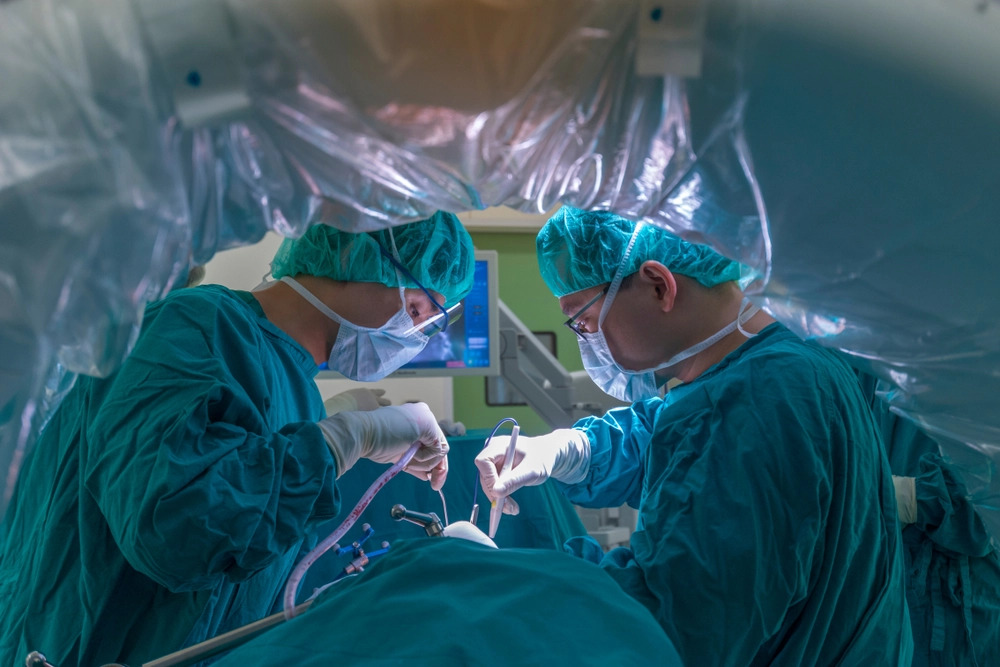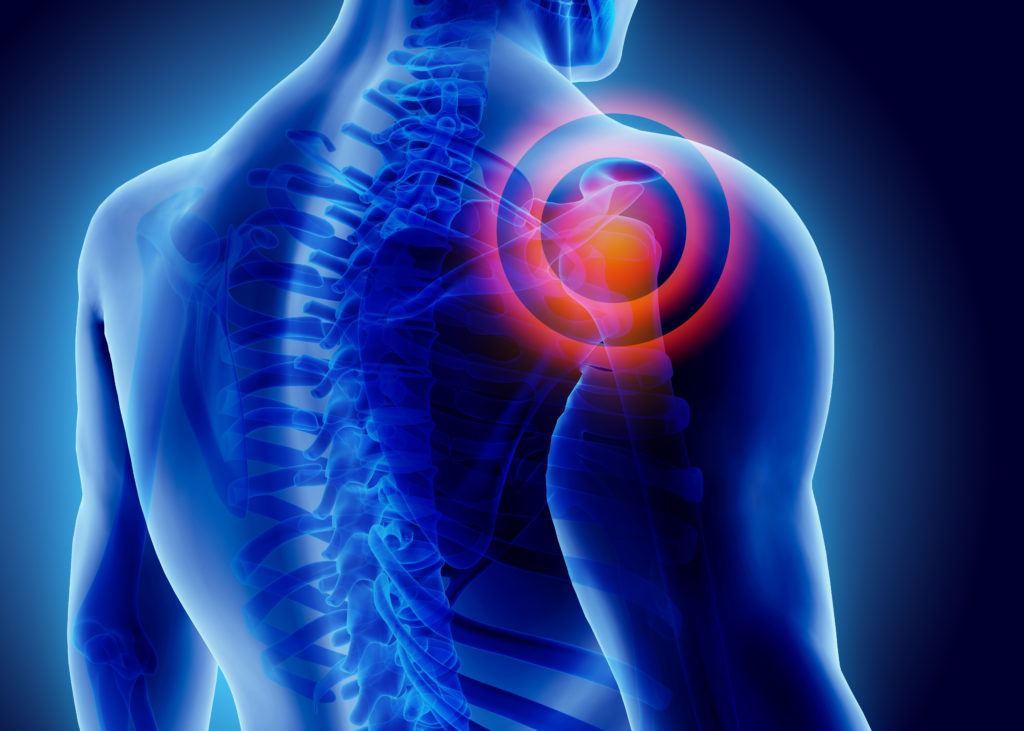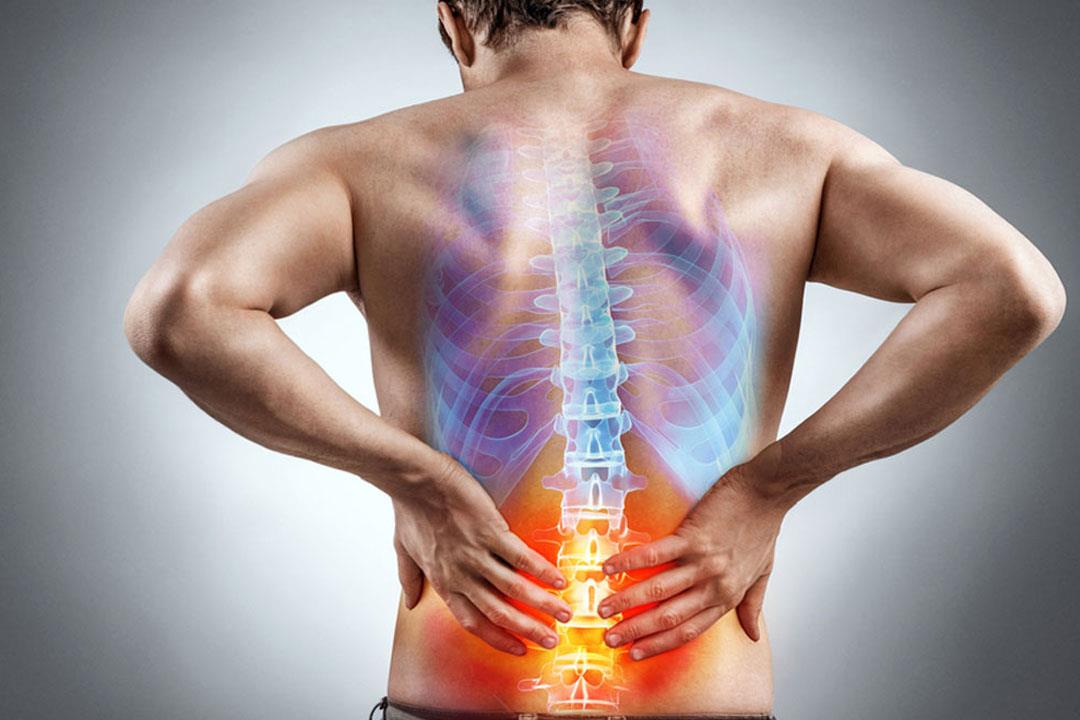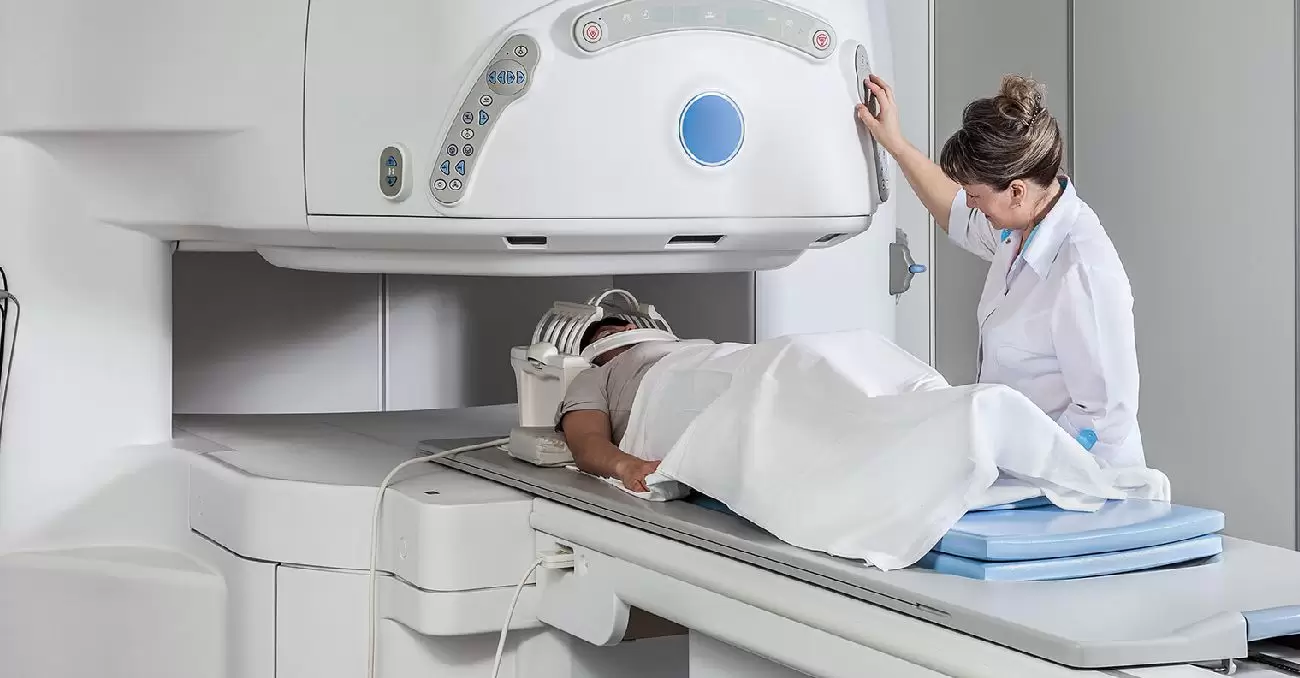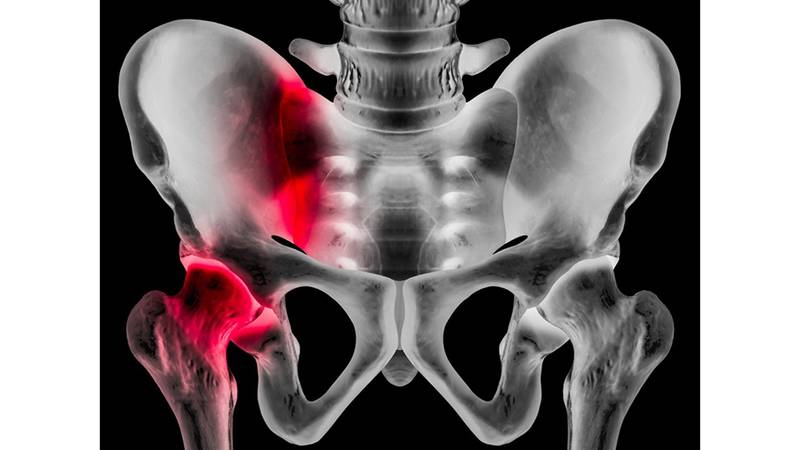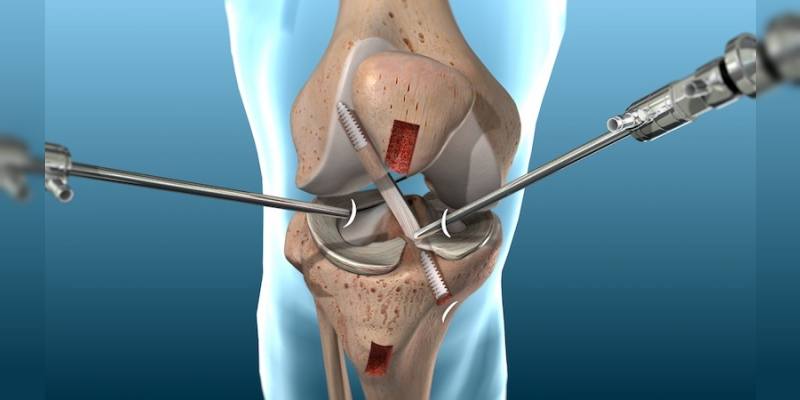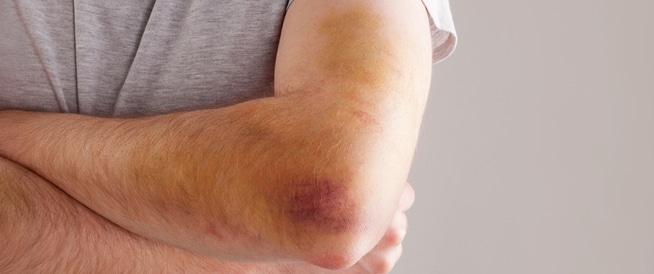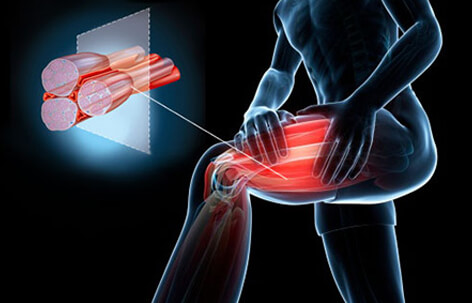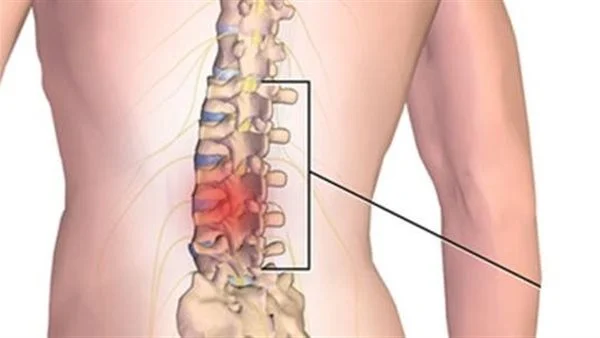!Explore with Us: Symptoms of Posterior Cruciate Ligament (PCL) and Surgery Cost
Posterior Cruciate Ligament (PCL) Symptoms: PCL injury is one of the common injuries that many people suffer from. However, if you want to learn more about the symptoms, causes, and various treatment methods for dealing with this condition, continue reading this article to stay updated on all the latest information.

Posterior Cruciate Ligament Symptoms
In this article, we will outline some common symptoms of a posterior cruciate ligament injury that indicate the presence of this problem, including the following:
- Knee Pain: Patients with PCL injuries experience severe pain in the knee area. The pain may be felt during any activity that stresses the knee, such as walking or running.
- Knee Swelling: Knee pain is accompanied by severe swelling, where fluid accumulates in the affected joint. This swelling may be immediately apparent after the injury or may gradually increase in the first few days.
- Joint Instability: PCL injury patients may feel joint instability, where parts of the joint slip abnormally. This instability can lead to a feeling of insecurity or anxiety during daily movements.
- Difficulty in Movement: Some patients experience difficulty in moving the affected knee due to swelling and severe pain. Normal knee movement may become difficult, and there may be stiffness in the joint.
- Soft Tissue Pain: Patients may experience severe pain in the knee area and the soft tissues surrounding the affected knee. This pain may extend to other areas of the leg and thigh.
You can receive exceptional surgical care and personalized guidance for PCL surgery with Dr. Amr Amal, who is dedicated to carefully meeting the needs of each patient.
Where is the Posterior Cruciate Ligament Located? And What is its Main Function?
The posterior cruciate ligament is located on the backside of the knee. Its main function is to prevent the tibia bone from moving backward. The posterior cruciate ligament stabilizes the knee and prevents excessive movement of the larger leg bone backward.
Thanks to this important function, the posterior cruciate ligament contributes to joint stability and prevents serious injuries. Although posterior cruciate ligament injuries are rare, it is important to maintain its health and strengthen it to avoid any knee problems.
You can confidently overcome posterior cruciate ligament issues with Dr. Amr Amal, who provides comprehensive care and innovative treatment for quick recovery and a return to normal life.
Has the Posterior Cruciate Ligament Not Torn?
In this article, we will shed light on this issue and review some important facts related to posterior cruciate ligament tears:
Definition of Tear
A posterior cruciate ligament tear is a partial or complete tear of this ligament located in the knee joint. The posterior cruciate ligament is composed of strong and durable fibers that play an important role in joint stability and preventing abnormal movements.
Possible Causes of Posterior Cruciate Ligament Tear
There are several factors that may increase the likelihood of a posterior cruciate ligament tear. Among these factors are:
- Sports Injuries: Severe bending of the knee or forceful impact on it is considered one of the main causes of posterior cruciate ligament tears. Therefore, the risk of tearing is heightened in individuals who engage in high-impact sports such as football and bodybuilding.
- Car Accidents: The posterior cruciate ligament can tear due to a strong impact on the knee during a car accident. These injuries are common, especially in front-end collisions.
- Aging: The posterior cruciate ligament may become more contracted and weakened in older individuals, increasing the likelihood of tearing more easily.
Posterior Cruciate Ligament Tear Grades
A posterior cruciate ligament tear is a rare injury, as the posterior ligament is very strong. This injury is classified into three different grades based on its severity and its impact on the knee joint. Let’s take a look at those grades as follows:
Grade 1:
In this grade, the posterior cruciate ligament sustains minor damage and tears gently. However, the knee joint remains stable and largely unaffected. This means that individuals with a posterior cruciate ligament tear in this grade can resume their daily activities after a short period of simple treatment and rehabilitation.
Grade 2:
In this grade, a partial tear occurs in the posterior cruciate ligament. The ligament becomes loose, and the affected person may experience predictive symptoms such as pain, swelling, and joint instability during movement. In this case, rehabilitation sessions are recommended to strengthen the muscles around the knee and enhance joint stability.
Grade 3:
This grade is considered more serious for a posterior cruciate ligament tear. It involves a complete tear of the ligament along with injury to the anterior cruciate ligament and other ligaments that reinforce joint stability. This injury renders the joint completely unstable, requiring surgical reconstruction of the posterior cruciate ligament using grafts from the body or an external source.
Does the Posterior Cruciate Ligament Heal on its Own?
Some wonder if the posterior cruciate ligament can heal without surgical intervention. It appears that in cases of minor injury, the posterior ligament can heal on its own over time, especially when there is a partial tear in the ligament. However, the patient must follow conservative treatment prescribed by the doctor, including regular physical therapy sessions for treatment and rehabilitation.
Of course, the healing of the posterior cruciate ligament depends on the degree and type of injury, and surgical intervention may be necessary in some more severe cases. Therefore, patients should consult a specialist doctor to evaluate their condition and determine the appropriate treatment, and you can learn about the latest techniques in posterior cruciate ligament surgery with Dr. Amr Amal, who provides expertise and precision in the procedure to ensure the best outcomes for patients.
Treatment for Posterior Cruciate Ligament Tear
- Complete Rest: Remaining in complete rest is one of the most important steps in treating a posterior cruciate ligament tear. The injured individual should avoid any activity that increases pressure on the affected joint, especially jumping, running, and physical combat. Reducing physical activity and using crutches to aid mobility are advised.
- Wearing a Knee Brace: Wearing a knee brace is one of the important measures in treating a posterior cruciate ligament tear. This brace stabilizes the knee and prevents the tibia bone from moving backward, helping to reduce inflammation and accelerate the healing process of damaged tissues.
- Ice Application: Applying ice to the affected area is an effective method to reduce inflammation and alleviate pain. Ice should be placed on the injured knee for 15 to 20 minutes several times a day.
- Massage and Compression: Gentle massage and compression techniques can be used on the knee to reduce inflammation and improve blood flow to the affected area. These procedures should be performed gently and regularly for optimal results.
- Knee Strengthening with Physical Therapy: The injured individual may be recommended to undergo physical therapy sessions to improve knee movement and strength. These techniques help strengthen knee muscles and improve joint stability, contributing to the healing process of the posterior cruciate ligament tear.
- Consultation with a Doctor: The injured individual should consult a specialist doctor before starting any type of treatment. The doctor may recommend taking some pain relieving medications or alternative medical treatments that suit the patient’s condition.

How Long Does Recovery from Posterior Cruciate Ligament Injuries Take?
Recovery from posterior cruciate ligament injuries typically takes between 6 and 12 months. Some patients may need less time. These injuries are rare and require wound recovery and body recovery from other injuries before undergoing ligament repair surgery.
Surgical treatment is performed to treat detachment of the posterior cruciate ligament from the bones, not just in cases of avulsion fractures. After surgical treatment, physical therapy is usually employed to speed up the recovery process.
You can learn more about posterior cruciate ligament surgery by reading the next article.
Exercises for Treating Posterior Cruciate Ligament Injury
A Posterior Cruciate Ligament (PCL) injury is one of the most common knee injuries, usually requiring physical therapy to strengthen the muscles surrounding the knee and improve movement. Here you will find a list of important exercises for treating a posterior cruciate ligament injury:
- Supine Leg Lift Exercise:
- Lie on your back and bend your knees.
- Slowly raise your injured leg towards the ceiling.
- Continue lifting until the thigh is completely parallel to the ground.
- Keep the leg elevated for a few seconds, then lower it slowly.
- Repeat the motion several times, then switch legs.
- Thigh Muscle Strengthening Exercises:
- Lie on your back and bend your knees.
- Place your foot against a wall or a resistance exercise device.
- Gradually bend the knee until the foot moves backward.
- Hold the position for a few seconds, then extend slowly.
- Repeat the motion multiple times, ensuring to switch legs.
- Lateral Stepping Exercises:
- Face the wall and place your hands on it for balance.
- Take a side step with one foot, keeping the knee in the direction of falling on the foot that hasn’t moved.
- Then pull the other foot next to the foot beside it.
- Repeat the motion in both directions and as fast as you can.
- Knee Bending Exercise with Resistance:
- Sit in a chair.
- Place a rope or belt around your ankles.
- Bend the knee with resistance from the rope or belt.
- Hold the position for a few seconds, then return to the original position.
- Repeat the motion several times.
- Side Straightening Exercise:
- Lie on your uninjured side.
- Ensure to bend the knee of the upper leg at a 45-degree angle.
- Raise the lower leg towards the ceiling.
- Hold the position for a few seconds, then lower the leg.
- Repeat the movement several times, ensuring to switch legs.

What’s the Difference Between Anterior and Posterior Cruciate Ligaments?
The Anterior Cruciate Ligament (ACL) and the Posterior Cruciate Ligament (PCL) are two types of ligaments in the knee. Each works to stabilize the joint during movement and external stress. However, there are some key differences between them, which we’ll explore as follows:
Anterior Cruciate Ligament (ACL)
- Prevents Forward Displacement: The primary role of the ACL is to prevent forward displacement of the knee and control excessive movements in the knee.
- More Susceptible to Injury: The ACL is more prone to injury than the PCL. It can be subjected to more tension during knee twisting or excessive pivoting movements.
Posterior Cruciate Ligament (PCL)
- Prevents Backward Displacement: The PCL is responsible for preventing backward displacement of the knee.
- Stronger and More Stable: The PCL is stronger than the ACL and rarely gets injured.
How Much Does ACL Surgery Cost in Egypt?
The cost of ACL surgery in Egypt varies, ranging between 40 to 80 thousand Egyptian pounds. However, several other factors need to be considered that affect the final cost, such as the hospital or clinic chosen, the cost of medical tests, and the duration of stay in the medical center. In general, Dr. Amr Amal is considered one of the best specialized consultants in orthopedic and cruciate ligament surgery in Egypt.
Best Doctor for ACL Surgery in Cairo
Dr. Amr Amal is the best doctor for ACL surgery in Cairo. Thanks to his extensive experience and superior skills in the field of orthopedic surgery, Dr. Amr Amal is a symbol of excellence in this field.
Dr. Amr Amal receives remarkable recommendations from patients who have undergone ACL surgery with him, benefiting from his exceptional expertise and excellent results. If you need ACL surgery, Dr. Amr Amal is the ideal choice for you in Cairo.

